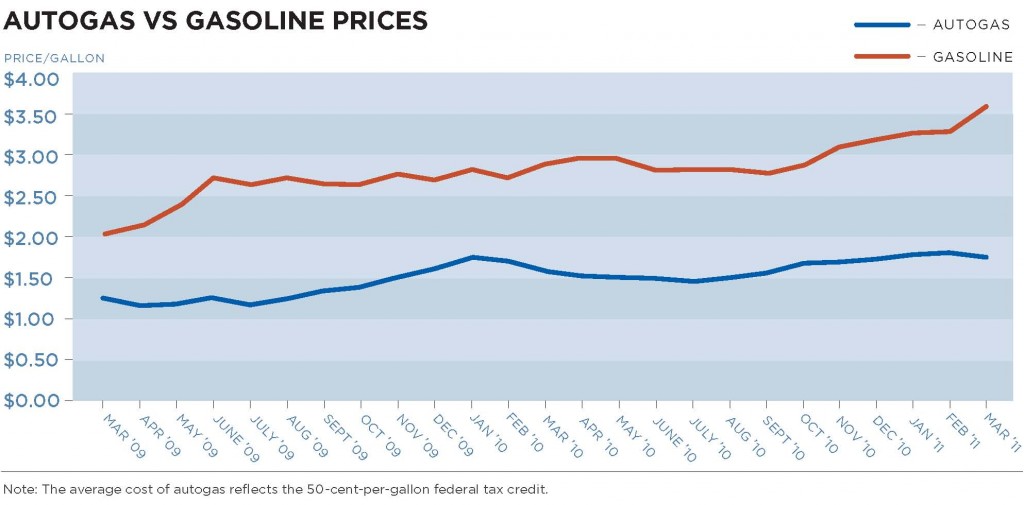 Electric vehicles aren’t “zero-emissions” as advertised. Sure, EVs may have no tailpipe emissions, but when an EV plugs in, where does the energy come from? The fact is, almost 50 percent of our nation’s electricity is produced by coal. According to one new study, half of an EV’s lifecycle greenhouse gas emissions are produced during the manufacturing and shipping phase.
Electric vehicles aren’t “zero-emissions” as advertised. Sure, EVs may have no tailpipe emissions, but when an EV plugs in, where does the energy come from? The fact is, almost 50 percent of our nation’s electricity is produced by coal. According to one new study, half of an EV’s lifecycle greenhouse gas emissions are produced during the manufacturing and shipping phase.
- Alternative vehicle fuels aren’t just better for the environment, they’re better for your health. In some states, vehicle emissions constitute the largest source of air pollution like smog and ozone, which can lead to respiratory and other health issues. That’s why the American Lung Association promotes alternative fuel use.
- Current technology cannot affordably harness enough renewable energy power to meet electricity demand. Also, while wind and hydro power are considered by some to be viable energy sources, researcher and author Vaclav Smil contends that these two sources could only supply a small portion of future energy demand. Together, all renewable energy sources only constitute 8% of current worldwide energy supply, according to Smil’s book.
- Biofuels, such as ethanol, are not feasible future energy sources. With the challenges that global food supply is currently facing, we can no longer afford to use food as vehicle fuel while other alternatives are available. Many experts have linked redirected food supply used for producing corn-based ethanol to rising tortilla and livestock feed prices. “Ethanol is taking a larger and larger share of [corn] production,” says one agricultural economist.
To learn more about the differences between alternative fuels, view our Alternative Fuel Fact Briefs online.
PHOTO SOURCE: Project Seed




